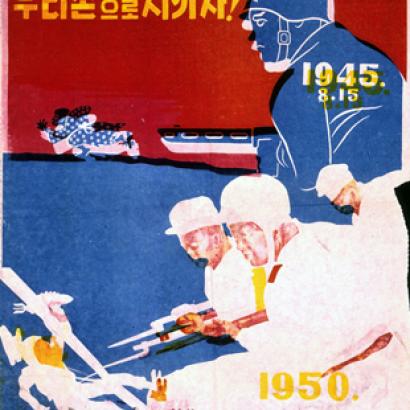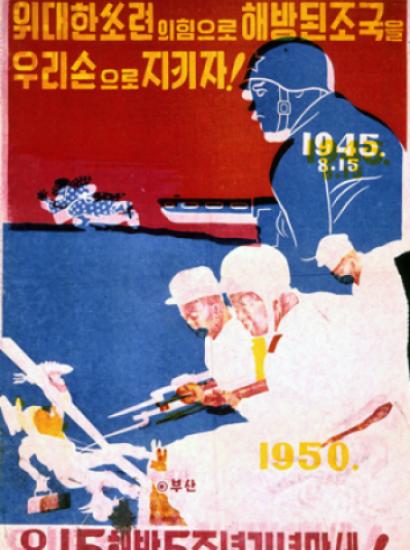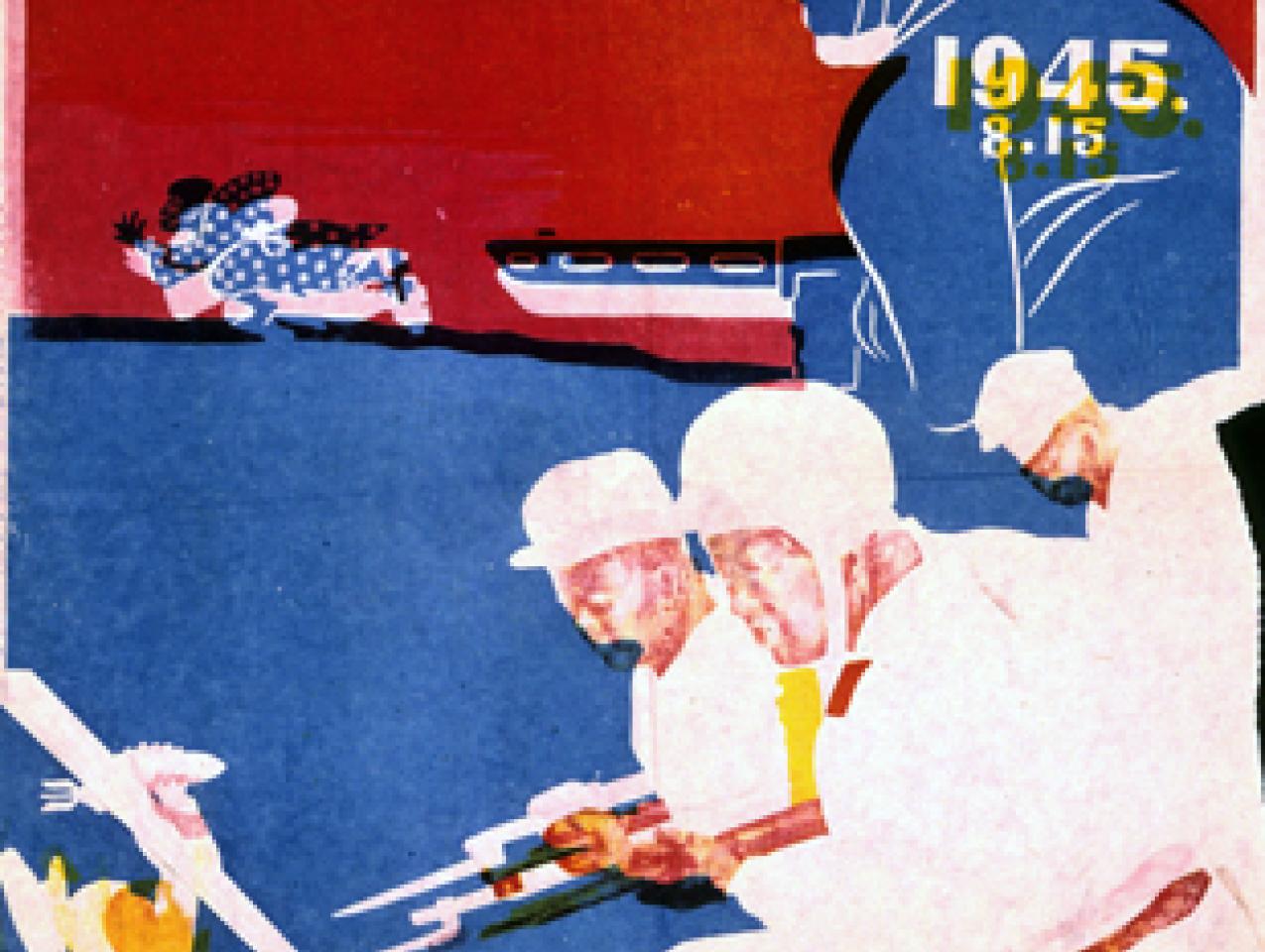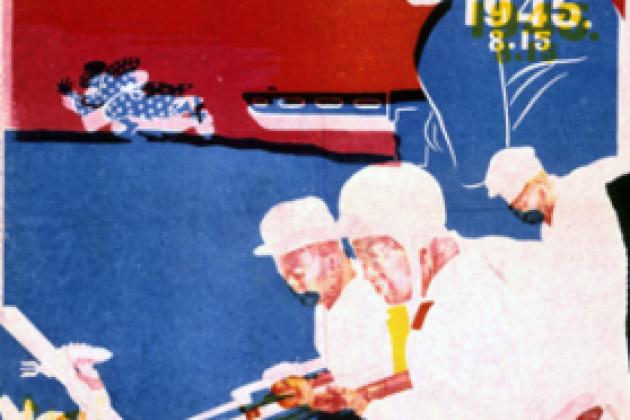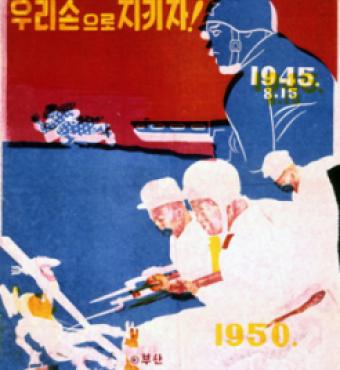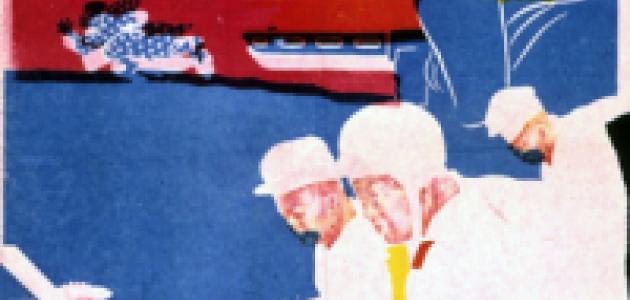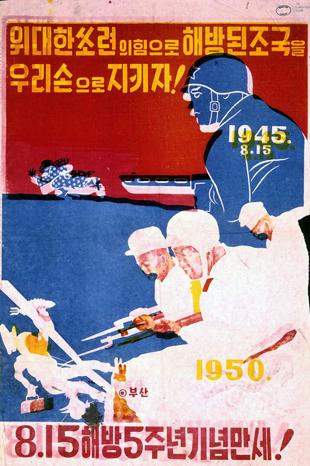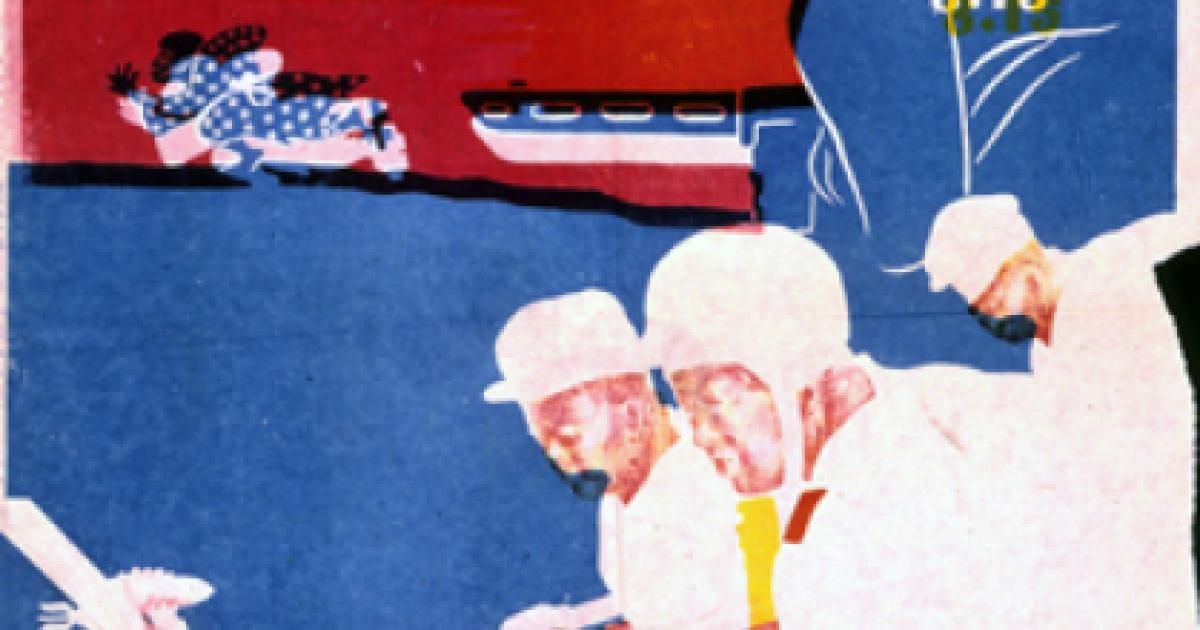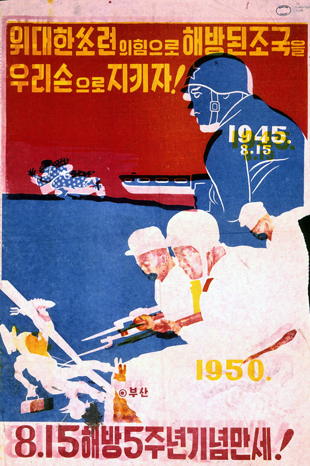
North Korea is a peculiar place but it should not be considered in isolation. Although a small state, it takes part in regional relationships that go far back in history and in global networks of more recent vintage but great consequence. But what precisely is North Korea?
At first blush, North Korea looks like Sparta with nuclear weapons. Like Sparta it is a garrison state–communistic, militaristic, austere, isolated, secretive, totalitarian (much more efficiently so than its ancient counterpart), and often brutal to its own inhabitants. True, North Korea does not have helots, as Sparta’s large population of serfs was called, but it does have prison camps and national priorities that put guns very far ahead of butter. Famine devastated North Korea in the 1990s, killing perhaps two million people or ten per cent of the population. Although the worst is over, reports of micro-famine and even cannibalism persist.
On second thought, the analogy is imperfect because Sparta was a constitutional monarchy offering a degree of political freedom to its citizen elite. Observers disagree as to whether North Korea is best characterized as communist, fascist or nationalist, but one thing is clear: since its founding in 1948, North Korea has been a hereditary dictatorship run by one family. Kim Il-sung (r. 1948-1994), known as the “Great Leader” and “Eternal President,” his son Kim Jong-il (r. 1994-2011), known as the “Dear Leader” and “Supreme Leader,” and his grandson Kim Jong-un (r. 2011-present), another “Supreme Leader,” have been the sole rulers as well as the objects of a massive cult of personality. Sparta preferred gray, company men.
A pirate state may be a better analogy. Like pirates, North Korea engages in crime–in its case, blackmail. It uses the threat of nuclear weapons to get the outside world to provide the food and aid that it needs to keep going. Yet North Korea does not engage in a thoroughgoing war, let alone nuclear war, because that would end the game. Ancient Mediterranean pirates hated Rome but knew enough not to enrage it by helping the rebel gladiator Spartacus when he came calling. So too North Korea knows enough to limit its provocations. It learned its lesson from the Korean War (1950-1953), a North Korean invasion of South Korea that led to ruin.
Kim Il-sung promised Soviet dictator Joseph Stalin a great victory if Stalin unleashed him. Since 1945, when Japan’s colonial empire collapsed, Korea was divided into two occupation zones at the 38th parallel. The Soviets occupied the northern zone and the Americans the southern zone. Lines hardened during the Cold War. In 1948 the United Nations supervised elections that set up two separate governments: the Democratic People’s Republic of Korea in the north and the Republic of Korea in the south. Each side aimed at reunifying the peninsula and extending its control to the other half. The year 1949 saw border skirmishes followed by heavy fighting along the 38th parallel but neither side was strong enough to conquer the other and both were restrained by their respective hegemons.
Then, in 1950, the Soviets changed their mind. After the victory of the Chinese Communists in 1949, the Americans decided to withdraw from the Asian mainland and to build instead a defense perimeter in Japan, the Philippines, and other Pacific islands. Along with other factors such as the creation of NATO in April 1949 and the Soviet atom bomb in July 1949, American withdrawal convinced the Soviets to allow North Korea’s leader, Kim Il-Sung, to invade the south.
The war that followed did not go as planned. Before the Korean War was over, both the Americans and Chinese sent massive numbers of ground troops to Korea while the Soviets and Americans fought an air war over North Korea. The North nearly conquered the South–twice. The Americans were nearly driven off the peninsula–twice. The Americans conquered North Korea before the Chinese drove them out in turn. Much of the 85,000-square-mile peninsula was devastated. Nearly 3 million people, soldiers and civilians, were killed, wounded, or went missing. In the end, the peninsula continued to be divided on only slightly different lines as before.
Since then, North Korea has continued to behave violently but in measured doses. It has attempted to assassinate several South Korean leaders, tunneled under the Demilitarized Zone that separates the two states, bombed a South Korean civilian airliner, and shelled a South Korean island. Armed to the teeth, it threatens the heart of South Korea without actually attacking it. The southern capital, Seoul, lies 35 miles south of the DMZ, about the distance of Palo Alto from San Francisco. The Seoul metropolitan area is not only South Korea’s largest, but also home to half of the country’s population.
As far as the United States, North Korea has, over the years, axe-murdered two American officers in the DMZ and boarded the USS Pueblo, an American ship that it claimed had entered its waters, and then held the crew hostage under tough conditions for nearly a year. In commemoration of the sixtieth anniversary of the end of the Korean War this year, the North has stepped up threats and bluster.
And then, there is the North Korean weapons program. After conducting three nuclear tests, North Korea is widely thought to have a small stockpile of nuclear weapons. It is also thought to have chemical weapons. North Korea has an extensive ballistic missile program that can reach South Korea and Japan and, according to North Korean claims, continental North America as well. American intelligence agencies are divided as to the truth of the claim, although the U.S. government is playing it safe by deploying more missile interceptors on the West Coast.
Intelligence officials also debate whether North Korea has mastered the technology of delivering any nuclear weapons by ballistic missile at all. But most expect that it will achieve that capability within five-ten years.
Nor does anyone doubt that North Korea sets a very bad example for a world that does not want to see nuclear weapons proliferate. Pakistan helped North Korea develop its nuclear weapons program. North Korea exports ballistic missiles widely to such countries as Pakistan, Iran, Syria, Egypt, and Vietnam.
What then, is North Korea’s piracy all about? It aims at regime survival, certainly; a sense of power and importance, no doubt; and an attempt to move toward long-cherished regional goals as well as to settle scores. The nuclear weapons program is an insurance policy against all outsiders. It gains the attention of China and the United States, both of which are concerned about nuclear armament by Japan and South Korea in response to the North. North Korea’s nuclear program might lead to war with the South and to a far broader conflict.
North Korea is twinned, of course, with South Korea. The two Koreas were unified for well over a thousand years before their division in 1945 and most Koreans consider the division of the peninsula unnatural. North Korea makes no bones about its desire to conquer the South and reunify the peninsula. As for the United States, the North considers it Enemy Number One, ever since the American invasion and air bombing campaign of the Korean War–not to mention the North’s anti-capitalist ideology. Yet the Korean peninsula is in turn a piece of a larger puzzle, that of Northeast Asia–or perhaps it is the lynchpin.
Korea owns one of the world’s most strategic and vulnerable locations. Like Poland, it is a medium-sized country that lies between great powers. Korea is a land bridge between China and Russia to the north and Japan to the south, which is separated from Korea by a strait only 120 miles wide. Over the centuries, invaders have attacked Korea from both directions, exploiting a vulnerability summed up by the Korean proverb that “when whales fight, the shrimp’s back breaks.” Japanese have called Korea “a dagger pointed at Japan” and Mao Zedong referred to Korea as “the lips to China’s teeth.”1 In recent years the United States has played a big part in Korean affairs as well. China and Japan loomed large in Korean affairs far earlier, and before Russian power arose in northern Asia, the Mongols and Manchus rode in from the north and conquered Korea.
China is historically Korea’s most important relation. China shaped many states lying on its periphery but none more so than Korea. For centuries, Korea was China’s closest client state but also the most successful manager of its patron. North Korea’s relationship with China is, if anything, more important than that of most Korean states in history. A massive infusion of Chinese ground troops saved North Korea from American invasion during the Korean War. The Soviet Union, to be sure, was North Korea’s chief patron, but since the end of the USSR, China has been the most important ally.
And that brings up what may be the most peculiar thing about North Korea of all. Much of North Korea’s leverage comes from the threat not of attack but of collapse. China fears that without foreign aid, North Korea will implode. The result will be a huge humanitarian, economic, and political problem. Many South Koreans feel similarly. They long for Korean reunification and they dread it. Many fear that the cost paid by West Germany for reintegrating East Germany would be minor compared to the cost of rebuilding the wreck that is North Korea.
One thing is certain. With its history, its ambition, its policies, its regional importance, and its international connections and repercussions, North Korea will keep the world’s attention.
1. David McCann and Barry S. Strauss, eds., War and Democracy: A Comparative Study of the Korean War and the Peloponnesian War (M. E. Sharpe, 2001), intro, p. 17 + xxviii n. 10.







